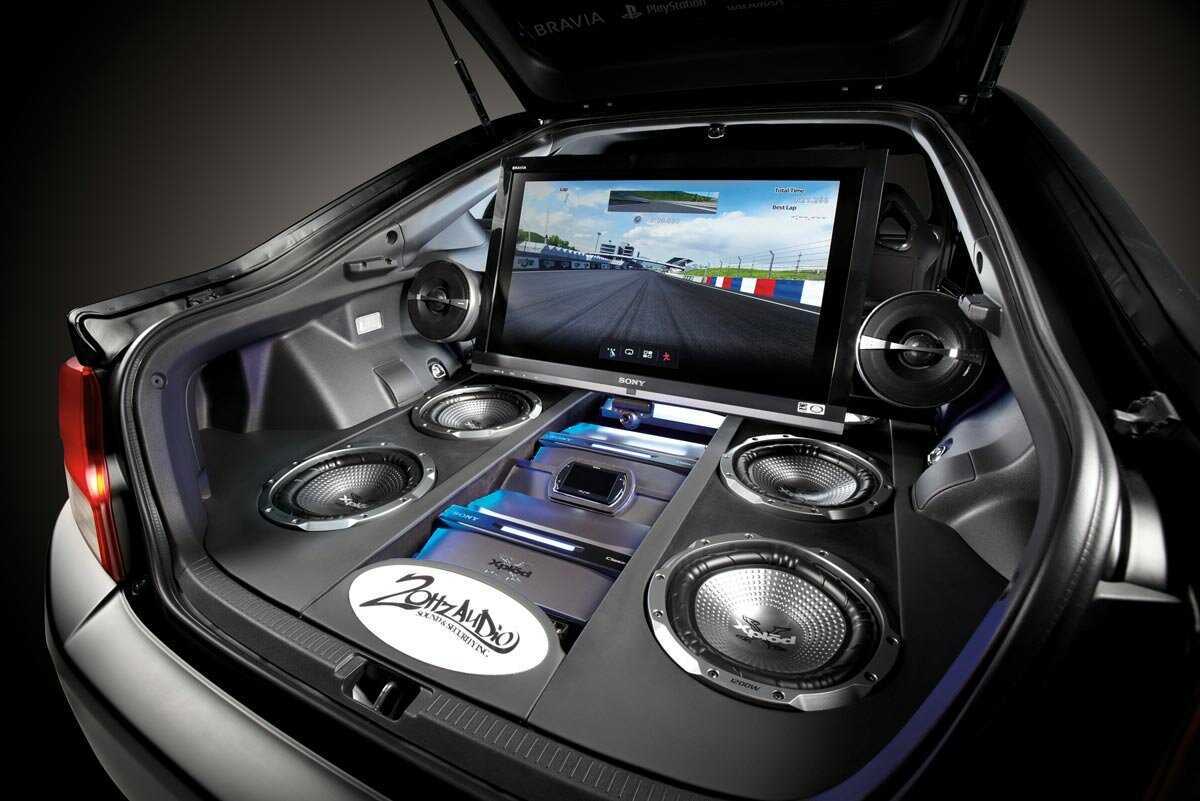
Car Audio Upgrades: Buying and Installation Tips
Upgrading your car's audio system can greatly improve your driving experience, allowing you to enjoy high-quality sound and the latest audio technology. Whether you're looking to replace your car's factory speakers, add a subwoofer, or install a new head unit, here are some valuable tips for purchasing and installing car audio upgrades.
1. Define your audio goals
Before you dive into the world of car audio upgrades, it's important to define your audio goals. Consider the following questions:
-
{eleven}
-
Budget: Determine your budget for updates. Car audio components vary widely in price, so keeping your budget in mind will help narrow down your choices.
-
Audio Sources: Do you primarily listen to music from your smartphone, CDs, streaming services, or other sources? Make sure your new system is compatible with your preferred audio sources.
Sound Quality vs. Volume: Do you prefer clear and balanced sound, or are you looking for a system with impressive volume levels?
2. Choose quality brands
Selecting reputable brands for your car audio components is critical. Some well-known car audio brands include Pioneer, Alpine, Kenwood, JBL, Sony, and JL Audio, among others. Research and read reviews to find brands that offer the features and performance you want.
3. Consider selecting components
Make sure all components of your car audio system are compatible. This includes the head unit, speakers, amplifiers and subwoofers. Inadequate components can lead to audio quality problems and even equipment damage.
4. Head unit update
When upgrading your head unit (car stereo), make sure it matches your car's dashboard. Consider features like Bluetooth connectivity, Apple CarPlay or Android Auto compatibility, and ease of use. Many head units also feature touchscreen displays for added convenience.
5. Speaker update
Upgrading your car's speakers can have a significant impact on sound quality. Pay attention to the right speaker size for your vehicle, and consider components such as tweeters to improve high-frequency performance. Component speakers with separate woofers and tweeters provide greater flexibility in achieving balanced sound.
6. Amplifiers and subwoofers
Amplifiers can provide more power to your speakers, resulting in clearer sound at higher volumes. Subwoofers are essential for deep bass reproduction. Choose amplifiers and subwoofers that meet your system's power requirements and fit into your vehicle's available space.
7. Professional installation
Although some car audio enthusiasts may have the skills to install audio components themselves, professional installation is often recommended. A professional installer can ensure that all components are properly integrated, connected and configured for optimal performance. Additionally, professional installation reduces the risk of damage to your vehicle's electrical system.
8. Acoustic considerations
Keep in mind that the interior of your vehicle can significantly affect the sound quality. Proper attenuation and acoustic treatment can help reduce road noise and improve audio clarity.
9. Test and tweak
After installing your car audio system, take the time to test and fine-tune the settings. Adjust EQ, balance and decay to achieve your desired sound profile. Some car audio systems also offer automatic tuning features for optimal sound.
10. Maintenance and care
Check and maintain car audio components regularly to ensure they remain in good working order. Monitor wiring, connections and speaker integrity. Clean components as needed to prevent dust and debris from accumulating.
By following these tips and taking a thoughtful approach to upgrading your car audio system, you can enjoy a superior listening experience while driving your car. Whether you're a music lover or simply looking to improve your daily commute, a well-designed and properly installed car audio system can make a big difference.






